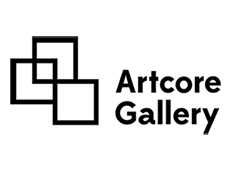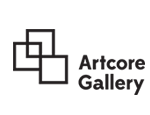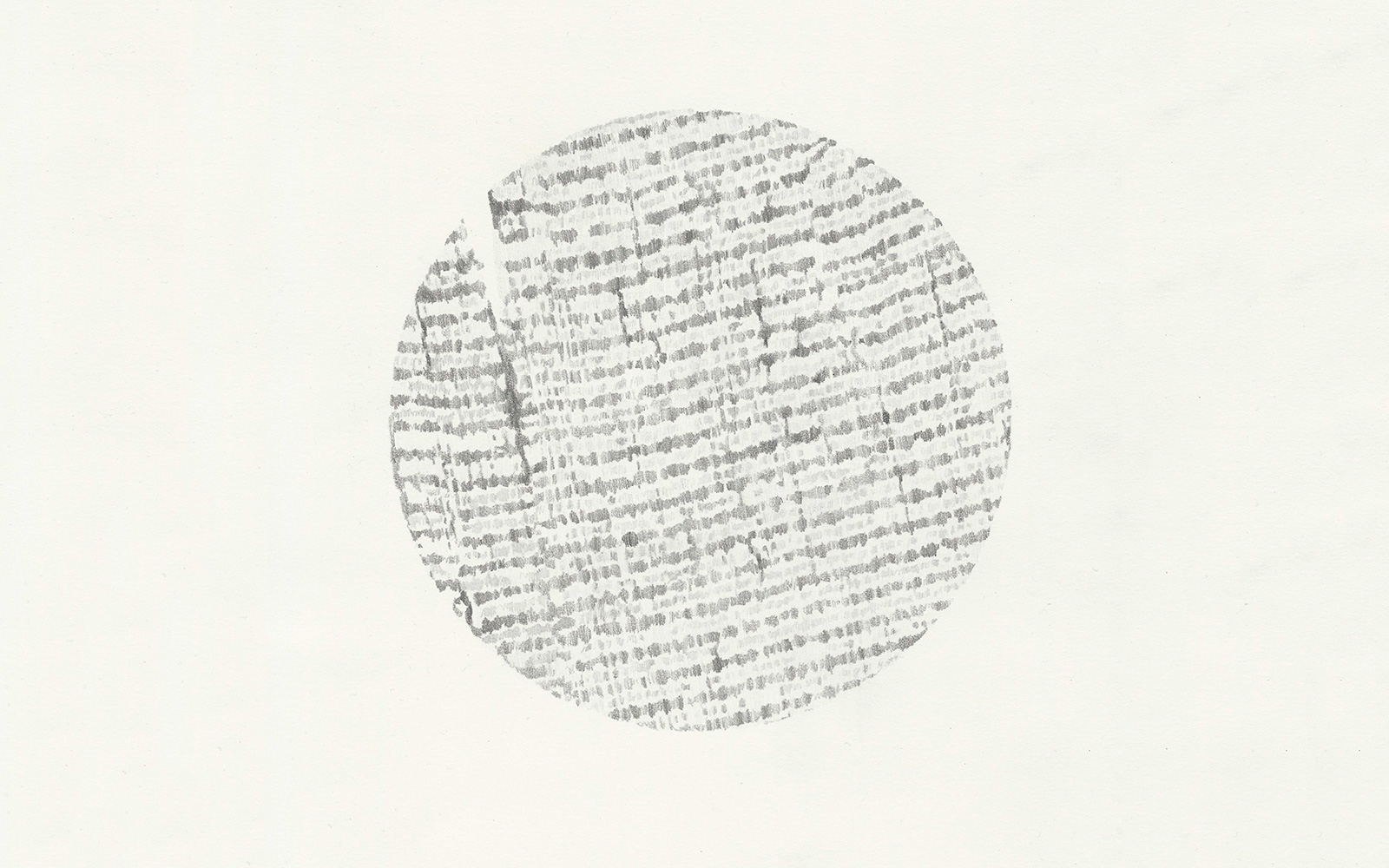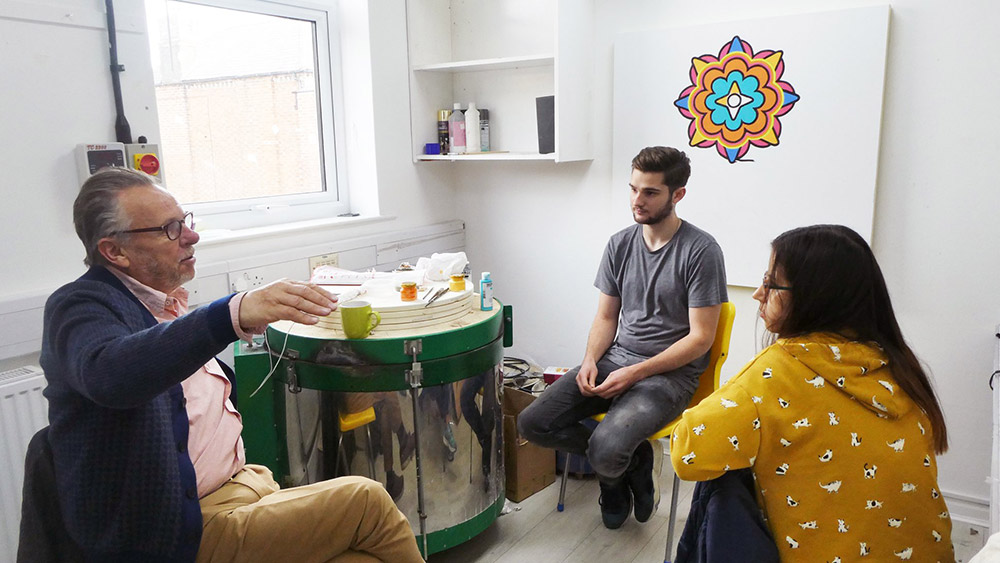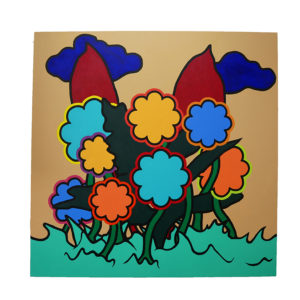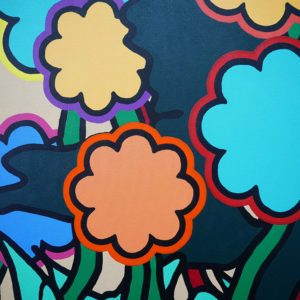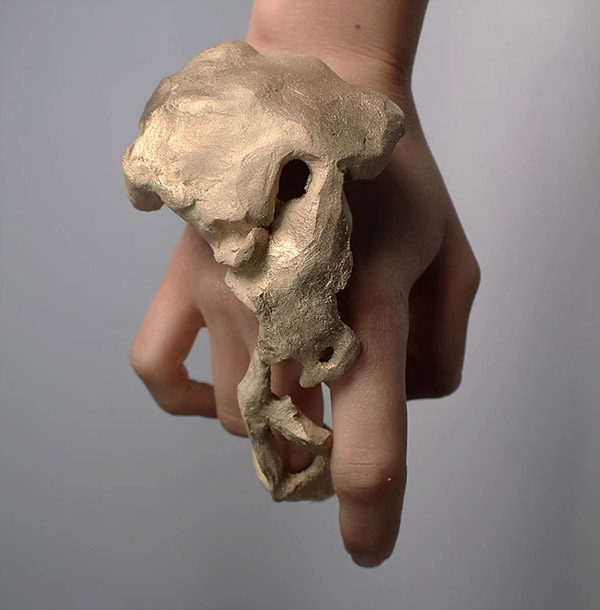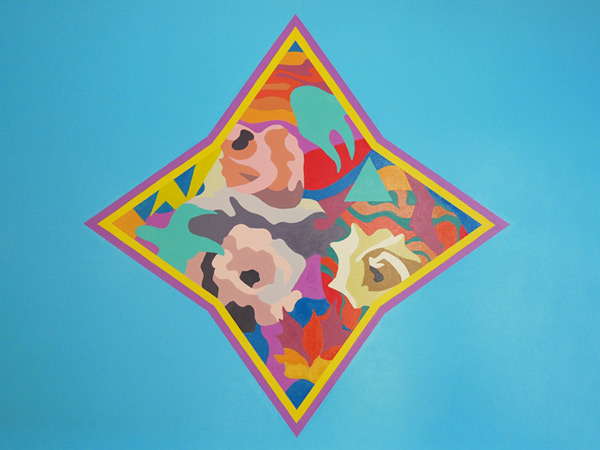Where are you based?
I am based in Haarlem Artspace in Wirksworth
How did your artwork start out?
I started working site specifically around 2011. I had been in art education at various points before that, and had read ‘The Poetics of Space’ By Bechelard on my first degree, and this informed my responses to place. I don’t work in this way now as much now but it was definitely my way in.
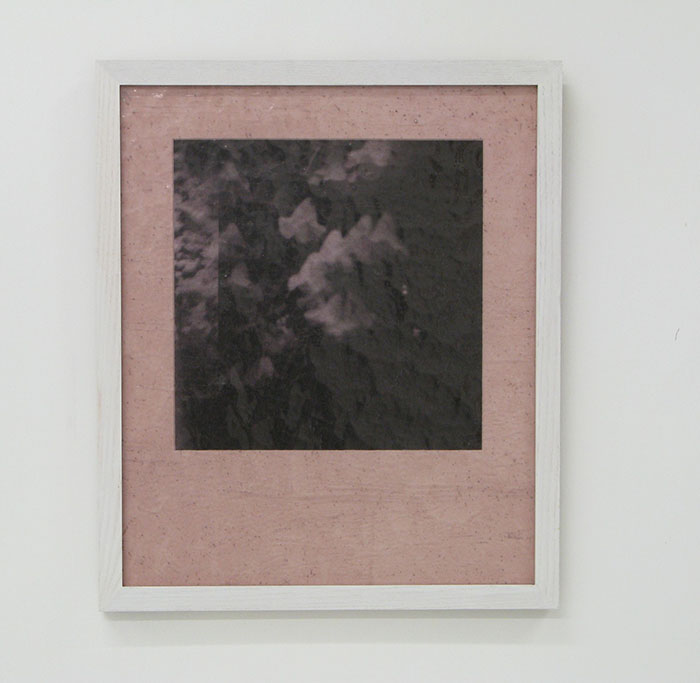 How do you get ideas for each piece of work?
How do you get ideas for each piece of work?
I have a set of central concerns, drawing inspiration from natural ephemera, and exploring the photochemical mark are two. I am a print maker and use photographs in that process often, taking medium format film photos myself and then choosing from the images I have which to take forward into printmaking processes.
I then have ideas about ways of presenting these images, and how I would like people to perceive the images. These often mimic reflection, or I try to achieve this, often with mirrors. I play with these set-ups until they form a good position.
How do you go about transforming an idea like that into a piece of art?
Play is my main tool, I give myself lots of photos, prints or equipment to play with and test out different combinations of them. The blurred or washed over effect of an image that has passed through an imperfect lens translates, to me, to the recalled or remembered image.
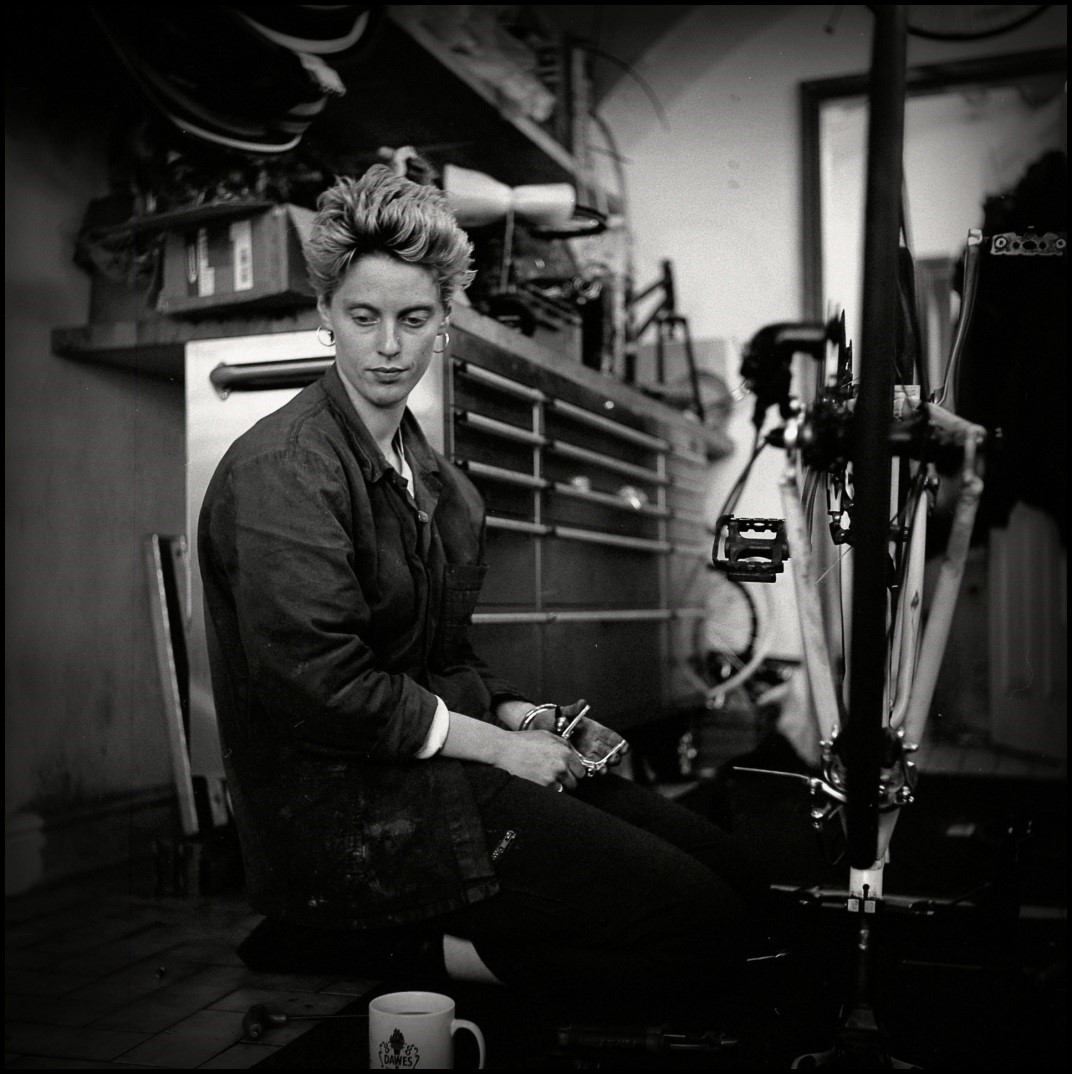 How do you get ideas for each piece of photography?
It depends on the project I am working on. Usually, it is the story behind a person or a specific place, but sometimes it can also be something strictly visual like a particular light condition.
How do you go about transforming an idea like that into a photograph?
Every time is different. I guess I try to find a link or a connection between what I am trying to say and the image itself.
How has your photography evolved over the years?
I would say I am studying and working to make my photography more essential and powerful at the same time.
What does your photography aim to say to your audience?
My photography aims to tell a story or to provoke an emotion.
What is the most challenging about your work?
Probably meeting people and creating an intimate relation within a few minutes. It is incredible how deep you can go into someone’s life if they
How do you get ideas for each piece of photography?
It depends on the project I am working on. Usually, it is the story behind a person or a specific place, but sometimes it can also be something strictly visual like a particular light condition.
How do you go about transforming an idea like that into a photograph?
Every time is different. I guess I try to find a link or a connection between what I am trying to say and the image itself.
How has your photography evolved over the years?
I would say I am studying and working to make my photography more essential and powerful at the same time.
What does your photography aim to say to your audience?
My photography aims to tell a story or to provoke an emotion.
What is the most challenging about your work?
Probably meeting people and creating an intimate relation within a few minutes. It is incredible how deep you can go into someone’s life if they 